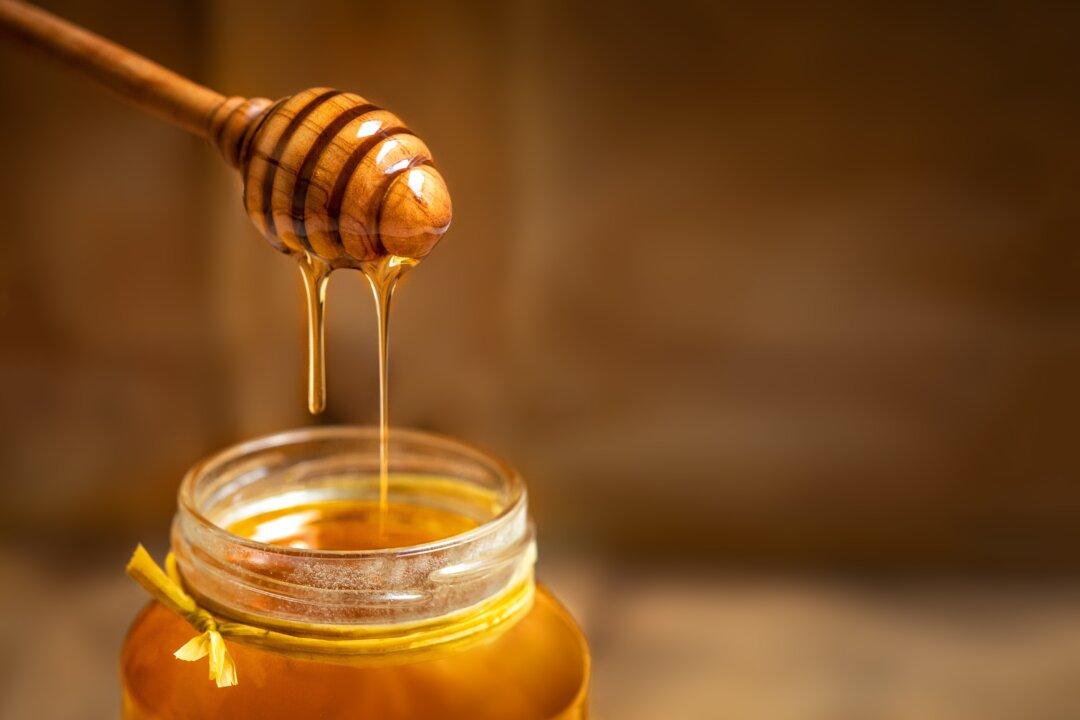Even serious lung infections are no match for the antibacterial properties of manuka honey, which is effective against antibiotic-resistant pathogens and more.
STORY AT-A-GLANCE
- The nectar from manuka flowers contains dihydroxyacetone, a precursor to methylglyoxal (MGO), an antimicrobial compound not found in most other honey
- The presence of MGO is credited for much of manuka honey’s medicinal prowess, which includes the ability to combat complex antibiotic-resistant respiratory infections
- All four varieties of manuka honey tested showed antimicrobial activity against Mycobacterium abscessus, a type of mycobacteria that often cause aggressive lung infections
- When manuka honey was combined with antibiotics to treat Mycobacterium abscessus, the drug dosage was able to be cut by eightfold
- Manuka honey is used for a variety of medical-grade applications, including honey gel, honey for wound dressings and nebulized honey used to treat asthma






